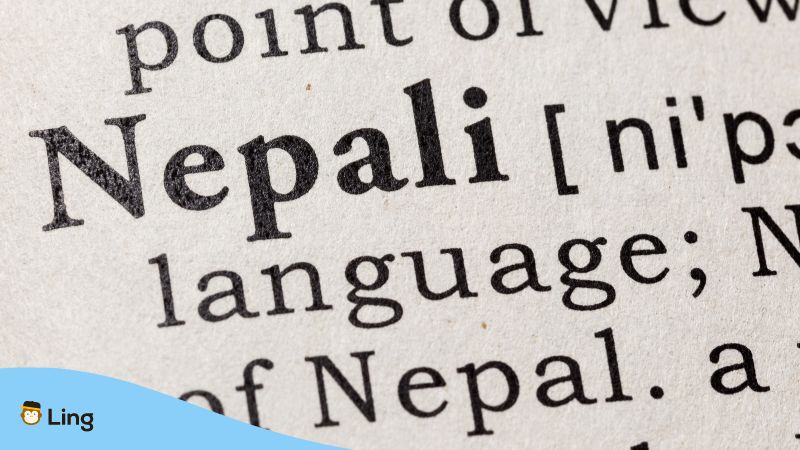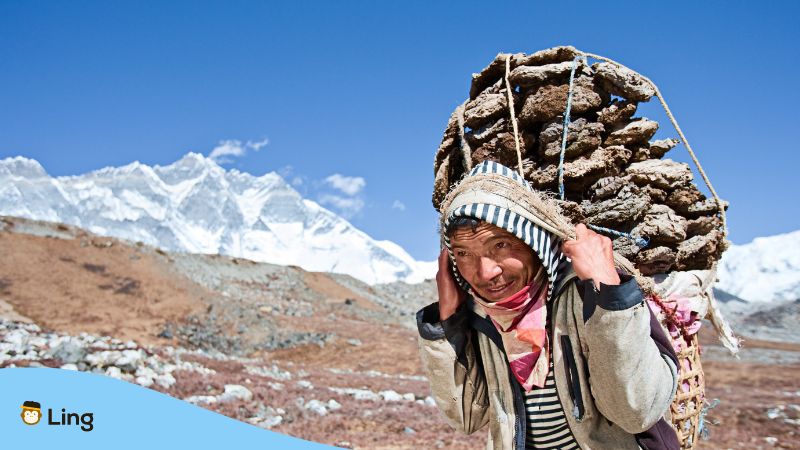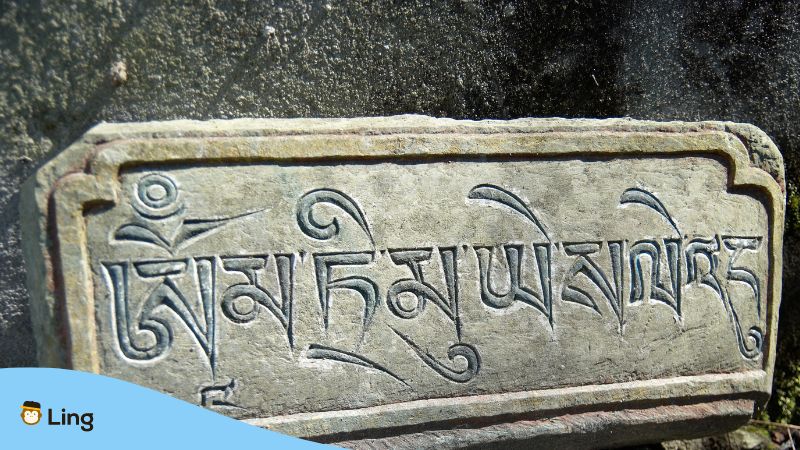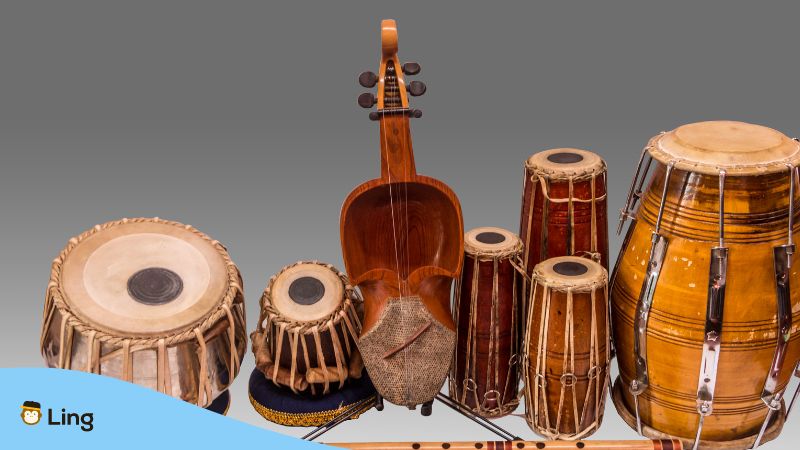Some learners like diving into languages’ deep, interesting, and complex history. It makes learning fun for them, and seeing them go through these lengths is not surprising. Who wouldn’t want to learn about the root of every mother tongue? Here we’ll venture through ten facts about the history of Nepali language that’ll thrill you.
Every language spoken in a country has a rich and colorful history. The tapestry of words weaved through several Nepali literature and ancient people serves as the backbone of the official language of Nepal. As the country united under the visionary King Prithvi Narayan Shah, it found its place as the unifying language, resonating in the hearts of diverse ethnic groups and regions. It soared high as the language of administration and education, a harmonious melody that bridged divides and embraced diversity.
With each passing decade, the Nepali language grew stronger, nourished by the efforts of the Nepal Bhasa Parishad. Grammatical rules were refined, vocabulary expanded, and spelling standardized, forging a language that stood tall and proud. Want to learn more about it? Keep reading below!

17 Fun Facts About The History Of Nepali Language
With roots stretching back to antiquity, the Nepali language’s origin story is one of gradual evolution and influence from neighboring regions and cultures. It is a story of a language that developed from the ancient Khas language and went on to become the mother tongue of millions, evolving into a widely spoken and diverse language system as it is today.
1. A Language Of Many Names
The Nepali language originated among the ancient Khas people in western Nepal and parts of northern India. Initially known as the Khas language, it evolved into Khas Kura and Gorkhali before acquiring its current moniker, Nepali. These progressive name changes encapsulate the captivating journey of this language across various historical periods and geographical terrains. Moreover, it’s also known to belong to the Indo-European language family.
2. Tale Of The Khas People
As the Khas people migrated from western Nepal to eastern parts, the Khas language, carried in the hearts and voices of these hill tribesmen, moved along with them. It underwent a significant transformation to become a Gorkhali language, thus highlighting the intimate bond between language and cultural identity.

3. The Kingdom And The Language
With the establishment of the Gorkha Kingdom, the language experienced a turning point. Prithvi Narayan Shah, the first King of unified Nepal, adopted Gorkhali as the lingua franca, promoting it as a tool for political and cultural unity. This decision aided in the spread of the language, which became known as Standard Nepali.
4. Impact Of The Declaration Of Nepali Language
During the modern period, the Shah dynasty officially declared Nepali as the national language. This bestowed an official status upon the language, further strengthening its role in nation-building and solidifying Nepal as a country where Nepali is the widely spoken language.

5. Thei Writing System
The written form of Nepali script employs the Devanagari script, which originates from the ancient Brahmi script. This script is shared with several other Indian languages, demonstrating the deep interconnectedness of South Asian languages and their shared historical narratives.
6. A Melting Pot Of Influences
The Nepali language developed as a result of diverse influences, becoming a linguistic melting pot. It borrowed extensively from Sanskrit, Maithili, Bengali, and other Indian languages, with distinct influences from the local Tibeto-Burman languages due to regional interactions. This integration of influences showcases the rich threads woven into the fabric of the Nepali language.
7. A Symphony Of Literature
The evolution of the Nepali language sparked a literary Renaissance. Infused with cultural influences and local folklore, Nepali literature grew from ancient verses brimming with wisdom to modern prose reflecting contemporary life. The literature serves as a vivid tapestry depicting the life and times of the Nepali people.
8. A Language That Belongs To Many
Although Nepali serves as the mother tongue for a significant population, it also operates as a second language for various ethnic communities within Nepal. As the lingua franca, Nepali unites the diverse cultural tapestry of Nepal, signifying the country’s multicultural harmony.

9. Influence On Music
The Nepali language has made significant contributions to the field of music. From traditional folk songs to modern pop culture, the influence of the language on Nepal’s musical heritage is profound and far-reaching. These beautifully crafted songs are still enjoyed in modern Nepali.
10. Varieties Of Nepali
Despite the standardization of the language, Nepali manifests in various dialects and accents across different regions. These regional differences contribute to the richness and diversity of the language, marking it as a vibrant linguistic entity.
11. A Mosaic Of Native Speakers
Nepal’s population includes a multitude of native Nepali speakers, making it one of the most widely spoken languages in the country. It serves as a testament to the language’s widespread appeal and its integral role in the nation’s cultural fabric.
12. Language Of Rice Cultivation
The advancement of rice cultivation in eastern Nepal saw the introduction of new terminology into the language, further diversifying its vocabulary. This showcases how socioeconomic activities can influence and shape the evolution of a language.
13. International Recognition
As recognition of the Nepali language’s significance, it is one of the official languages of the United Nations. This prestigious status enhances the international visibility of the language and reflects its global relevance.
14. Integration In Technology
This modern Indo-Aryan language is well-integrated into digital technology. Today, Nepali is available in most operating systems and digital platforms, enabling easier access and communication for its speakers. The language moved along the waves of time, they’d surely not miss an upgrade too.

15. Nepali In Cinema
The Nepali language’s influence extends to cinema as well, with a vibrant Nepali film industry known as Kollywood producing films in the language. This reflects the continued relevance and cultural influence of the language in contemporary times.
16. Beyond Nepal’s Borders
The echoes of the Nepali language aren’t confined to Nepal alone. Nepali, as a first language, resonates beyond national borders in Indian states like West Bengal, Sikkim, and Himachal Pradesh. This shared linguistic heritage fortifies the cultural ties between Nepal and its neighboring regions, emphasizing the importance of language in fostering cross-border relations.
17. Adaptation In The Digital Age
With the advent of the digital era, the Nepali language is undergoing another transformation. It is assimilating new words from English and other languages, a direct result of globalization and digitization. This evolution highlights the language’s adaptability and its capacity to embrace change while retaining its distinct essence.
Want To Learn Nepali? Try Ling Today!
The Nepali shares several strings of history. It’s quite evident that Nepali originated from several ups and downs of the country. However, its richness still lives on today as their main dialects and official language still stand proud! Are you ready to learn more about their language? If you need a headstart, Ling’s here to help you out!
With the app, you can enrich your vocabulary and learn basic to complex sentences anywhere! Plus, you may even take quizzes and exercises that’ll exhilarate you even more. Download Ling today to experience these benefits for FREE on Play Store and App Store.



































































